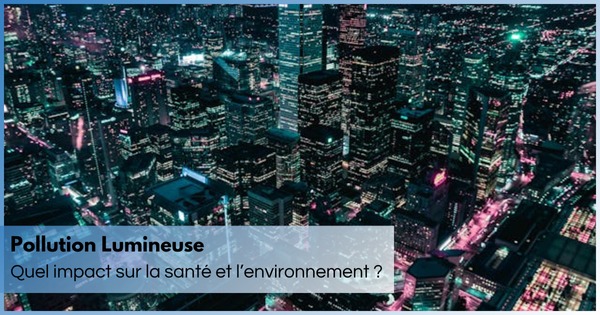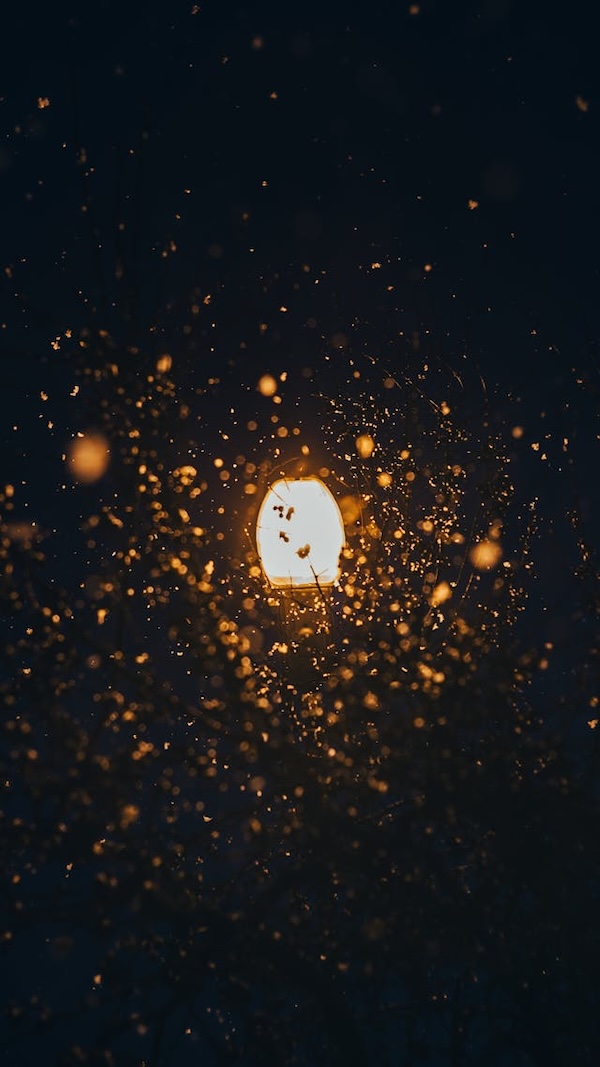Light pollution: what impact on health and the environment?

The omnipresence of artificial light is well established. Street lighting, screens, illuminated signs: our nights are far from truly dark. While this light is essential to our daily lives, its excess poses a growing problem: this is what we call light pollution . Long overlooked, this form of pollution affects both biodiversity and our health. By disrupting natural cycles, it alters our sleep, influences our vision, and threatens entire ecosystems. What are the little-known effects of this invisible pollution, and how can we remedy it?
Light pollution, a scourge for sleep and biological rhythm
Humans are still programmed to function according to well-defined day-night cycles, regulated by the natural alternation of light and darkness. Omnipresent artificial light disrupts our biological clock, notably by disrupting the secretion of melatonin, the sleep hormone . LED screens, in particular, emit a blue light that suppresses the production of this hormone and delays sleep onset.

Studies show that excessive exposure to artificial light at night can increase the risk of insomnia , mood disorders, and even metabolic diseases such as diabetes and obesity . Night shift workers and city dwellers, who are constantly exposed to street lights, are particularly vulnerable to these disturbances.
Furthermore, this prolonged exposure to light also affects our visual capacity . Excessive brightness leads to increased eye fatigue, which can cause migraines and a decrease in accommodation abilities. In the long term, some studies suggest that blue light could promote the development of pathologies such as age-related macular degeneration (AMD).
An underestimated environmental impact
Beyond its consequences for human health, light pollution profoundly disrupts biodiversity. Many animal species, such as migratory birds, nocturnal insects, and sea turtles, depend on darkness to navigate and survive.
Artificial lighting disorients these species and disrupts their life cycles. For example, millions of insects die each year after being attracted to streetlights, jeopardizing the food chain. In mammals, nighttime exposure to light can alter hunting and reproductive behaviors.
Some species become more vulnerable to predators, while others see their reproductive cycles disrupted, with potentially dramatic consequences for biodiversity. Aquatic ecosystems are not spared: light pollution affects the circadian rhythms of fish and amphibians, altering their diet and reproduction.
In some urban areas, the gradual disappearance of nocturnal species is already visible, testifying to the impact of our overconsumption of artificial light.

What solutions are there to limit light pollution?
Solutions exist to mitigate the effects of light pollution. In some cities, initiatives are emerging to rethink urban lighting by favoring low-intensity bulbs, directed toward the ground and turned off during certain hours. In France, a few pioneering municipalities have already adopted light-saving plans, attempting to reduce the intensity of public lighting at night.
In our homes, we can also limit our exposure to blue light by reducing screen time before bed and favoring warm-spectrum light bulbs. Using blue light filters on screens or the "night" mode on smartphones and computers can also help limit the harmful effects on our sleep and visual health.
On an environmental scale, the establishment of "dark sky reserves", where artificial lighting is strictly regulated, helps protect nocturnal wildlife and restore our nights to their natural darkness.
These initiatives are multiplying across the world, encouraging collective awareness of the need to reduce our light footprint. Light pollution is a still underestimated threat, impacting both our health and the ecosystems around us.
By disrupting our biological cycles and endangering nocturnal biodiversity, excess artificial light requires us to reflect on our lifestyles and consumption habits.
Becoming aware of this problem and adopting simple measures would help preserve the quality of our sleep, protect wildlife and rediscover a precious commodity that we have almost forgotten: the beauty of the starry sky.


